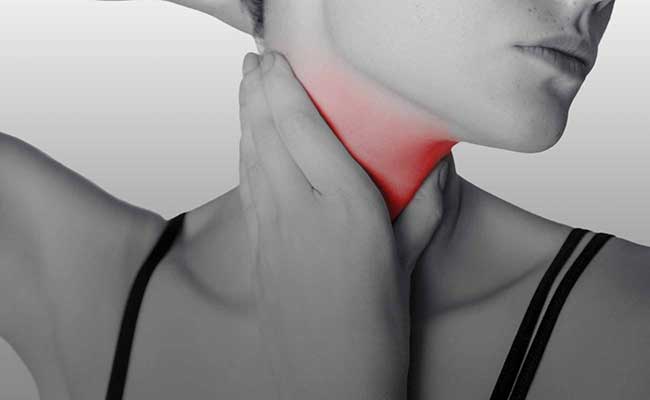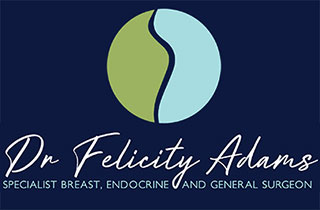Parathyroidectomy
What are parathyroid glands?
Parathyroid glands are tiny glands in the neck which control the level of calcium in our body. They are most commonly adjacent to the thyroid but in rare cases can be further away high in the neck or even in the chest. There are four glands and in health they are the size of a grain of rice or occasionally as large as a pea.
How do I know if my glands are over active?
An overactive parathyroid gland(s) is called hyperparathyroidism. Most commonly this is picked up on routine blood tests done by your GP with an elevated blood calcium level.

Sometime it causes no symptoms at all. Sometimes it causes very subtle symptoms which are incorrectly attributed to normal ageing, menopause or a busy lifestyle.
These symptoms are many and varied and include fatigue, body aches and pains, headache, weakness, thirst, insomnia and irritability. It is also associated with cognitive symptoms such as poor memory, reduced clarity of thought and poor concentration. Often the changes are so subtle patients aren’t aware they even had these symptoms until after surgery when they feel better. Of course there are many causes for these symptoms so there is no guarantee surgery will fix these problems.
Severe or more longstanding disease can cause osteoporosis, kidney stones with obstruction and/or infection resulting in kidney failure. Preventing these complications is the reason Dr Adams usually recommends surgery even if you have no symptoms.
What tests might Dr Adams order prior to deciding on the need for surgery?
Usually patients will have already had blood tests done by their GP but occasionally other tests are required.
Imaging tests are helpful for Dr Adams to know if the problem is caused by only one gland working in overdrive or multiple. These xrays together provide information about the structure, location and function of your parathyroid glands. The standard tests are an ultrasound of the neck and a sestamibi scan. Sometimes a specialised Cat scan called a 4D CT is also used. A bone mineral density test may be needed to check for the presence of osteoporosis.
How is parathyroidectomy performed?
If the imaging tests identify one abnormal gland you will be offered a minimally invasive parathyroidectomy. Dr Adams has undergone extra subspeciality training in this surgery.
A minimally invasive parathyroidectomy is removal of one parathyroid gland through a small incision in the neck. The size of the incision is variable but is often 2.5-3cm. This is performed in theatre and usually done under general anaesthetic. If the gland is found in the location indicated on the scans and looks abnormal the other glands are not sought or disturbed.
Sometimes all four glands need to be located intraoperatively before so that Dr Adams can assess which gland is the abnormal one and which need to be removed. This surgery is called a four gland exploration.
What are the risks of minimally invasive parathyroidectomy?
Parathyroidectomy is a safe procedure. Complications are very rare. Complications include bleeding, damage to the nerve to the voice box and low blood calcium. There will be a small scar on the neck. For many patients this can be hidden in a natural crease and by six to twelve months leaves a faint white line which is not obvious. Other patients due to their skin type are prone to hypertrophic or keloid scarring and their scars will be more obvious. Please talk to Dr Adams if you have concerns about scarring before your surgery.
What should I expect when coming to hospital for a minimally invasive parathyroidectomy with Dr Adams?
Patients are admitted on the day of surgery and are discharged the following day. A blood test is performed a few hours following surgery and the following morning which will give a good indication if the surgery has been a success (>95% patients)
On discharge a clinic appointment will be arranged to check all your results. Usually one further appointment is required at six months to confirm a long term cure has been achieved.

